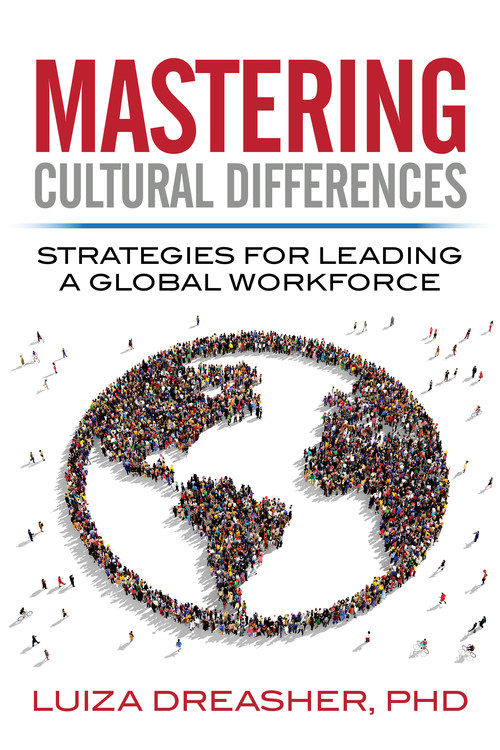MINNEAPOLIS, April 27, 2021 /PRNewswire/ — Biases in the workplace occur whether we want to admit them or not, and leaders must put in the difficult work to acknowledge and remedy biases in their company in order to grow in an increasingly diverse and global market.
That’s the advice of cultural competency development expert Luiza Dreasher, PhD, author of the book Mastering Cultural Differences: Strategies for Leading a Global Workforce (2021, Indie Books International).
“Acknowledging our biases, even if just to ourselves, is hard,” admits Dreasher. “However, dealing with our biases is essential because it allows us to monitor our thinking, make fewer assumptions, treat employees as individuals, and ultimately, lead more inclusively.”
Dreasher has spent the past two decades teaching the importance of multicultural inclusive workplaces. She has worked with The United States Department of Defense, Pioneer Hi-Bred International, Iowa State University, and other large international organizations to rewrite and enact policies to create more truly inclusive workplaces that are less impacted by the subconscious biases everyone carries.
“Because of increased diversity and globalization, you need a workforce who can work well across differences, can form productive relationships with diverse clients, and has the ability to help your company expand into diverse markets,” explains Dreasher. “To increase diversity recruitment, you must project and sustain a multicultural company image and recognize that talent is talent, no matter what it looks like. It is essential that your workforce resembles the market it serves.”
According to Dreasher, leaders who take the steps to curtail bias in the workplace build skills that make them more effective leaders because understanding unconscious bias “requires awareness, introspection, authenticity, humility, and compassion. And most of all, it requires communication and a willingness to act.”
Here are Dreasher’s steps to recognizing, and changing the biases present in any workplace:
- Remember that biases impact our ability to manage and lead effectively. Most of the decisions we make are made in a way that confirms the beliefs we already have. This phenomenon is called confirmational behavior, and we are unaware it is happening.
- No one is born biased; we learn it. As such, biases can be unlearned. Sometimes, we learn them from our parents. Other times, one negative experience is enough to taint our assumptions toward an entire group. The media also plays a big role in disseminating biases.
- Self-awareness is key. Lack of awareness of personal biases makes it difficult to manage, unlearn, and accept responsibility for our actions.
- It is important to conduct an audit of company policies and practices for hidden biases in the way you screen and interview candidates, performance evaluations, distribution of resources, opportunities for professional development, etc.
- Survey current and former employees to address the impact of unconscious bias in the organization. Bias training is needed; even though we have laws in place to prevent discrimination based on certain identity characteristics, discrimination still persists. While laws exist to prevent overt acts of discrimination, it is impossible to legislate attitudes.
- Ensuring search committees are properly trained to bring diversity in can enhance the search process. It is important to hold trainings on valuing diversity, developing cultural competence skills, and understanding the impact of unconscious bias in candidate selection.
- Looking for individuals to fit into your organization is a poor recruitment strategy; it may be an indication that unconscious bias is at play.
Dreasher adds that any approach to diversity and inclusion needs to come from an understanding that companies are actually better the more diverse they become.
“It is not about government-mandated regulations, or achieving numerical benchmarks,” says Dreasher. “It is about valuing differences that enables the creation of more productive and profitable workplaces.”

